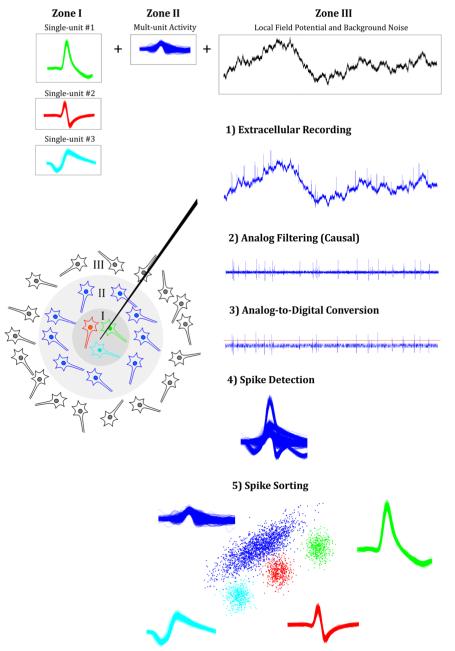Figure 1. Simulation and processing of extracellular recordings.
Recordings were created considering three zones. Zone 1 models the neurons located close to the tip of the electrode, generating single-unit activity. In Zone 2, neurons produce spikes that cannot be clustered due to their small amplitude, leading to multi-unit activity. Zone 3 represents the activity of further away neurons that give rise to the background noise. Extracellular recordings were generated by adding the activity in these three zones (step 1). Signals were then filtered using different specifications (step 2). Virtual Analog-to-digital conversion (ADC) was simulated by downsampling the data and quantizing the signal to a lower resolution (step 3). Spikes were then detected and sorted (steps 4 and 5).

